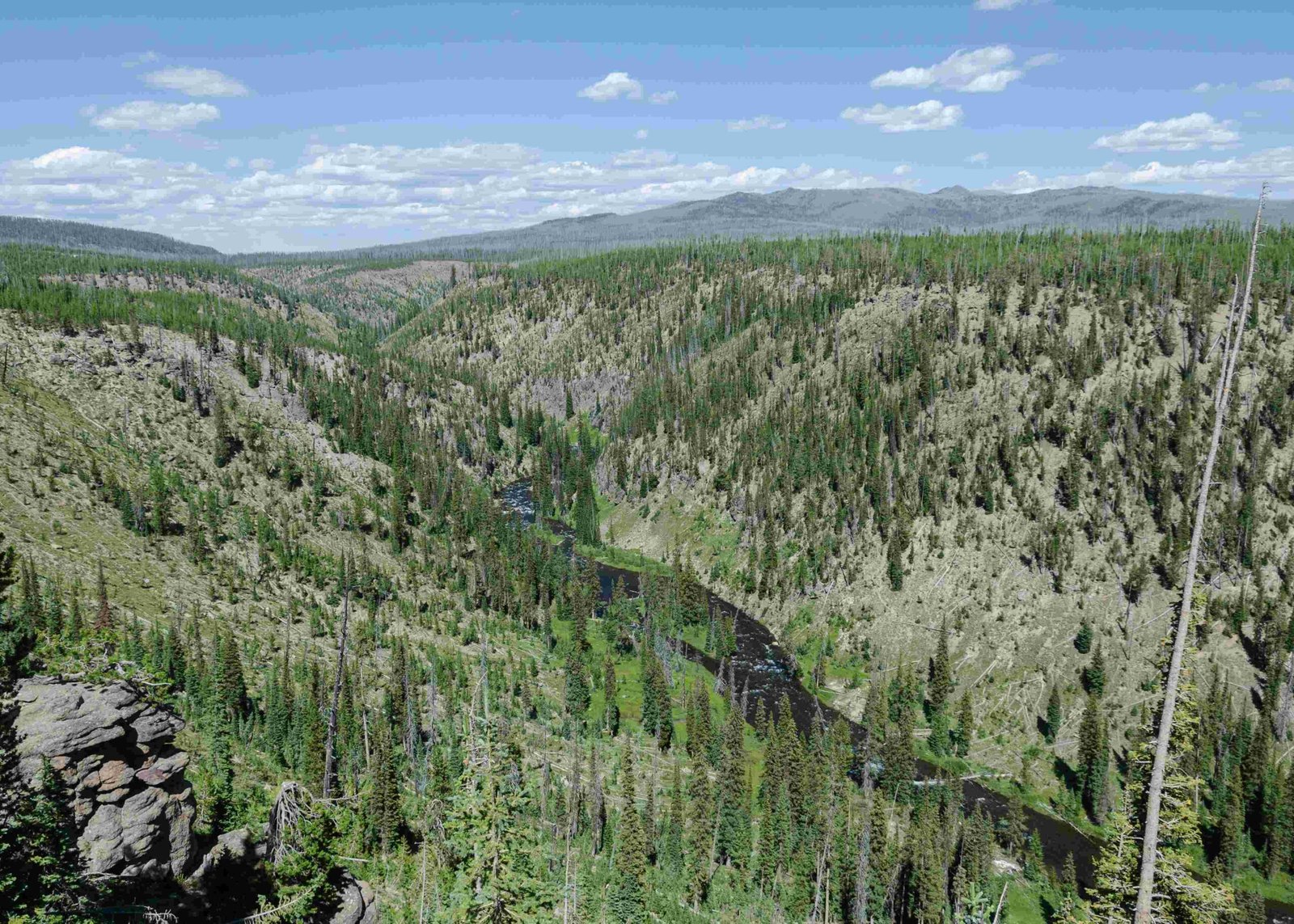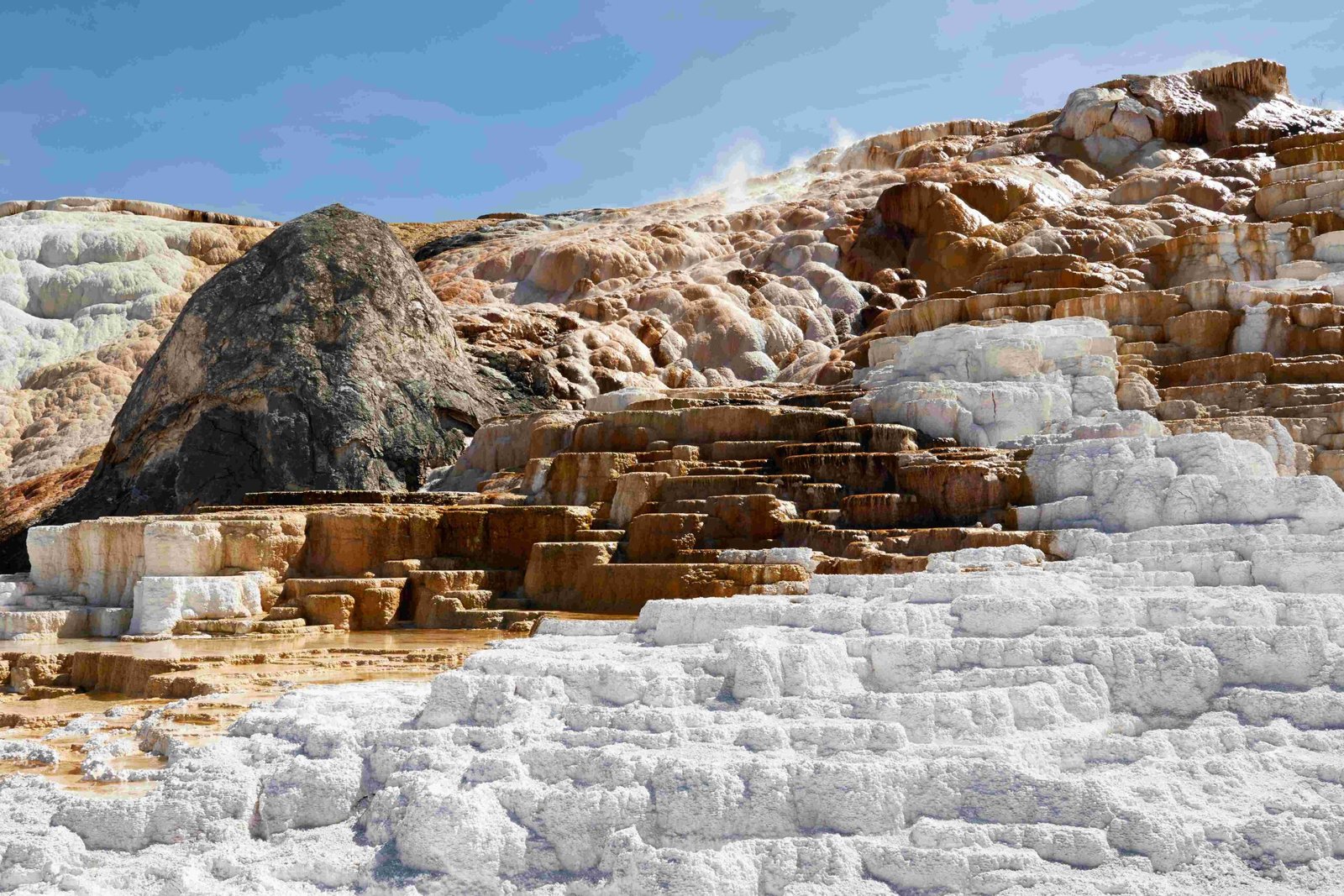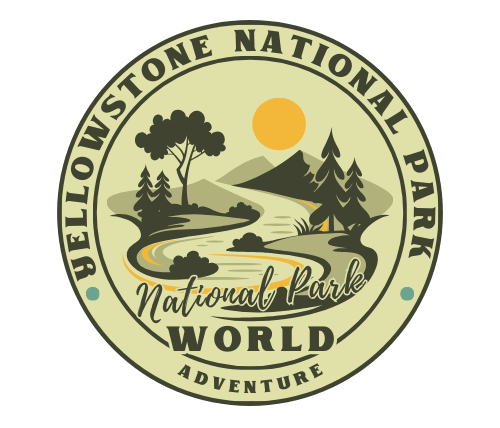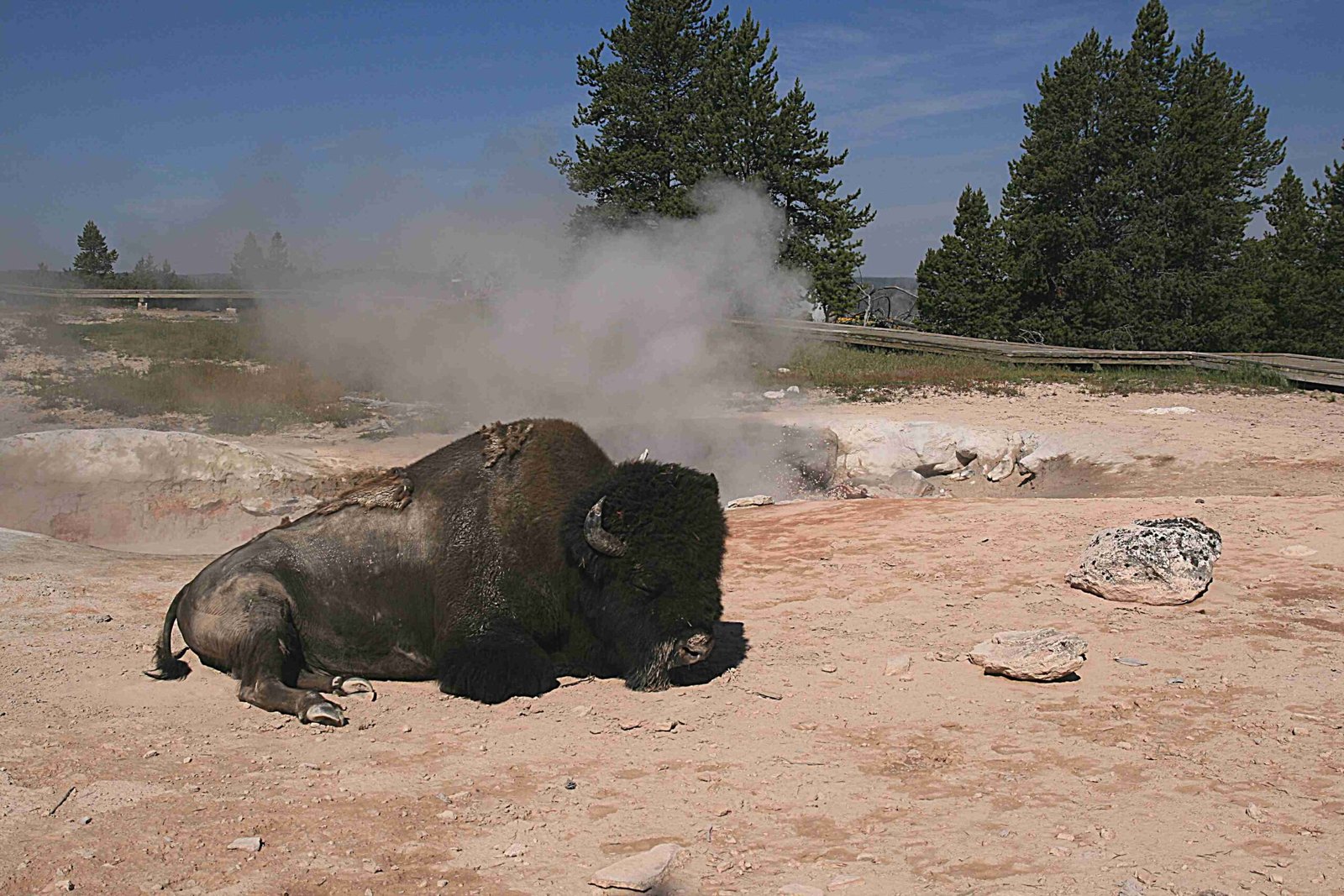Snowmobiling in Yellowstone National Park has significantly impacted wildlife behavior, air quality, and ecosystem dynamics. Studies show disruptions to bird calls, displacement of large mammals, and increased stress levels in animals near snowmobile trails. While regulations aim to mitigate these effects, concerns persist about long-term ecological consequences. The National Park Service continues to balance recreational access with environmental preservation through adaptive management strategies.
What Are the Documented Effects of Snowmobiling on Wildlife in Yellowstone?

Snowmobiling has had notable effects on various wildlife species in Yellowstone National Park. Research has revealed several key impacts:
- Bird Behavior Alterations:
- Significant decrease in bird calls when snowmobiles are present
- Temporary disruption, lasting 30 seconds to 5 minutes after snowmobile passage
-
Particularly impactful during dawn and dusk, crucial times for mating and territory establishment
-
Large Mammal Responses:
- Elk, bison, and wolves experience harassment and displacement
- Animals often move away from areas near snowmobile trails
-
Some elk show habituation to snowmobiles but still display short-distance displacements
-
Stress Indicators:
- Elevated stress hormone levels detected in wolf and elk droppings
-
Challenging to attribute solely to snowmobiles due to other potential stressors
-
Population Dynamics:
- No clear evidence of significant long-term population changes directly linked to snowmobiling
- Cumulative impact of winter recreation contributes to broader ecosystem disruptions
- Example: 1997 bison herd culling partly attributed to displacement caused by snowmobiles and harsh winter conditions
How Has Noise Pollution from Snowmobiling Affected Yellowstone’s Soundscape?

The introduction of snowmobiles has dramatically altered the natural soundscape of Yellowstone during winter months. Here’s how noise pollution has impacted the park:
- Disruption of Natural Sounds:
- Snowmobile noise significantly alters the quiet winter environment
- Bird calls decrease substantially during snowmobile passage
-
Natural soundscape disruption in otherwise serene winter areas
-
Wildlife Communication Interference:
- Potential interference with animal communication and behavior
- Temporary cessation of bird songs during and shortly after snowmobile presence
-
Possible long-term effects on wildlife mating and territorial behaviors
-
Visitor Experience Impact:
- Alteration of the wilderness experience for park visitors seeking natural quiet
- Potential reduction in opportunities for wildlife viewing and nature appreciation
While specific decibel levels are not provided in the sources, the impact is significant enough to cause noticeable changes in wildlife behavior and the overall park atmosphere.
What Are the Current Snowmobiling Regulations in Yellowstone National Park?
To mitigate the effects of snowmobiling on Yellowstone’s ecosystem, the National Park Service has implemented various regulations:
- Route Restrictions:
- Snowmobiles must stay on groomed roads within the park
-
“Closed unless open” rule prohibits snowmobile use unless specifically authorized
-
Seasonal Limitations:
- Snowmobiling allowed only during designated winter seasons
-
Specific dates and times for snowmobile access are established annually
-
Environmental Protection Measures:
- Promotion of cleaner and quieter snowmobile technologies
- Regulations aim to reduce noise and air pollution
-
Efforts to preserve natural soundscapes and protect wilderness character
-
Adaptive Management Program:
- Continuous monitoring of snowmobile impact on park resources and wildlife
-
Flexibility to adjust regulations based on observed effects and new data
-
Compliance Enforcement:
- Park rangers monitor and enforce snowmobile regulations
- Penalties for non-compliance with established rules
These regulations strive to balance recreational access with environmental conservation, allowing visitors to experience Yellowstone’s winter beauty while minimizing negative impacts on the ecosystem.
What Environmental Changes Has Snowmobiling Caused in Yellowstone?
Snowmobiling has led to several environmental changes in Yellowstone National Park:
- Air Quality Impacts:
- Increased emissions of carbon monoxide (CO) and fine particulate matter (PM)
- Winter air quality affected, particularly near roads and snowmobile operation areas
-
Potential long-term effects on park’s overall air quality
-
Snow and Water Chemistry Alterations:
- Concerns about snowmobile emissions affecting snowpack chemistry
-
Potential for surface water contamination from pollutant-laden snowmelt runoff
-
Vegetation and Habitat Disruption:
- Indirect effects on vegetation due to altered wildlife movement patterns
-
Bison using snowmobile roads for travel, potentially impacting surrounding vegetation
-
Ecosystem Disturbances:
- Cumulative effects of noise pollution, air pollution, and wildlife displacement
-
Potential long-term changes in ecosystem dynamics and species interactions
-
Soil and Permafrost Concerns:
- Possible soil compaction in areas of heavy snowmobile use
- Potential impacts on permafrost in sensitive areas of the park
While some of these effects are immediately observable, others may have long-term consequences that require ongoing monitoring and research to fully understand.
How Has Snowmobiling Affected Visitor Experience in Yellowstone?
The introduction of snowmobiling in Yellowstone has had both positive and negative effects on visitor experience:
Positive Impacts:
1. Increased winter accessibility to remote areas of the park
2. Unique opportunities for winter wildlife viewing
3. Enhanced recreational options for winter visitors
Negative Impacts:
1. Disruption of natural quiet and wilderness experience
2. Potential reduction in wildlife sightings due to animal displacement
3. Air and noise pollution affecting overall park atmosphere
Visitor Experience Comparison Table:
| Aspect | Without Snowmobiles | With Snowmobiles |
|---|---|---|
| Accessibility | Limited to ski/snowshoe | Increased access to remote areas |
| Soundscape | Natural quiet | Periodic noise disruption |
| Wildlife Viewing | Potentially more frequent | Possibly reduced due to animal displacement |
| Air Quality | Pristine | Localized pollution near trails |
| Recreational Options | Limited | Expanded |
The National Park Service continues to balance these factors to provide a meaningful winter experience while preserving Yellowstone’s natural integrity.
What Future Challenges Does Yellowstone Face Regarding Snowmobile Use?
As Yellowstone National Park continues to manage snowmobile use, several challenges lie ahead:
- Balancing Access and Conservation:
- Maintaining recreational opportunities while protecting the park’s ecosystem
-
Addressing potential conflicts between different user groups (e.g., snowmobilers vs. cross-country skiers)
-
Technological Advancements:
- Integrating cleaner, quieter snowmobile technologies
-
Adapting regulations to keep pace with evolving snowmobile capabilities
-
Climate Change Impacts:
- Adjusting snowmobile policies in response to changing winter conditions
-
Managing potential shifts in wildlife behavior and habitat use due to climate change
-
Long-term Ecological Monitoring:
- Continuing research on cumulative effects of snowmobiling on wildlife and ecosystems
-
Developing and implementing adaptive management strategies based on new findings
-
Visitor Education and Compliance:
- Enhancing visitor awareness about responsible snowmobile use
-
Enforcing regulations effectively across the vast park area
-
Funding and Resource Allocation:
- Securing adequate funding for monitoring, enforcement, and infrastructure maintenance
- Balancing resource allocation between winter and summer park operations
Addressing these challenges will require ongoing collaboration between park management, scientists, visitors, and local communities to ensure the long-term health of Yellowstone’s unique ecosystem while providing sustainable winter recreation opportunities.
References:
1. The Wildlife Society: Snowmobiles affect bird songs
2. National Park Service: Winter Use Management – Yellowstone National Park
3. SERC (Carleton): Snowmobiles in Yellowstone National Park

